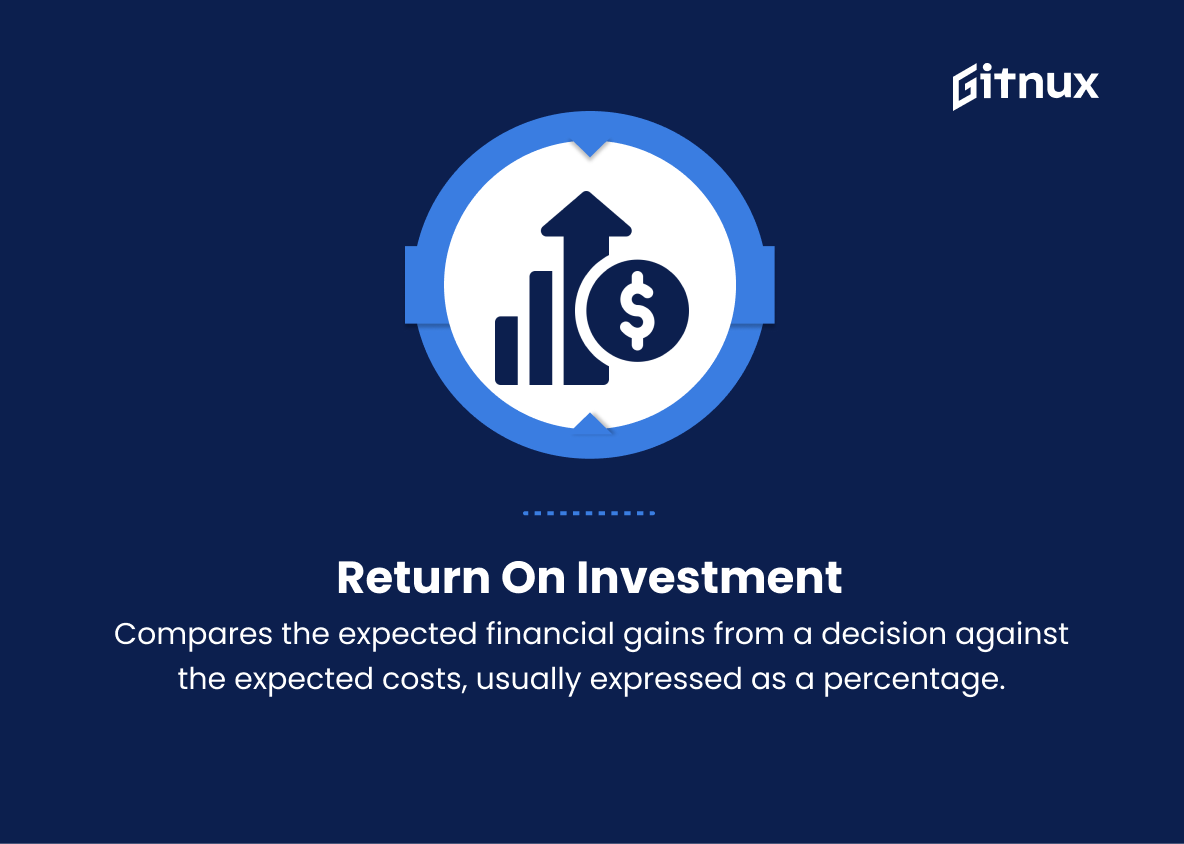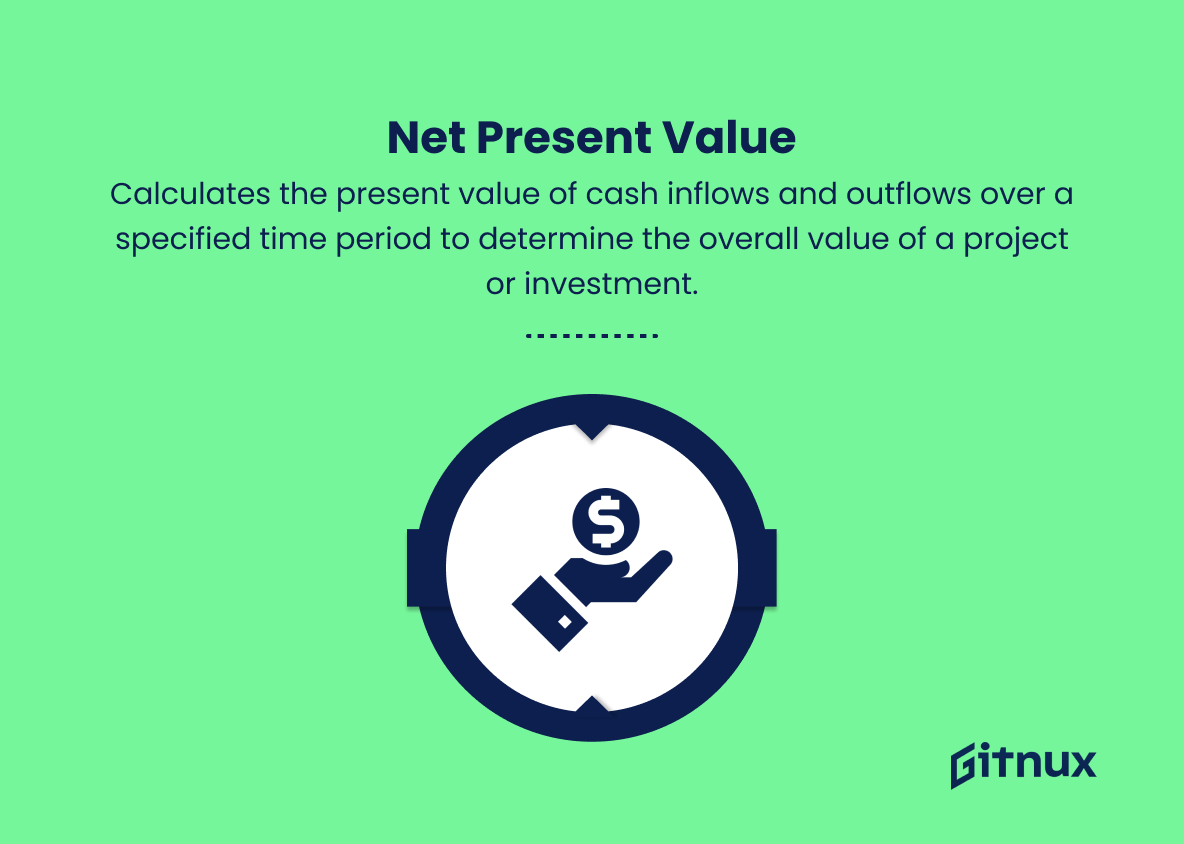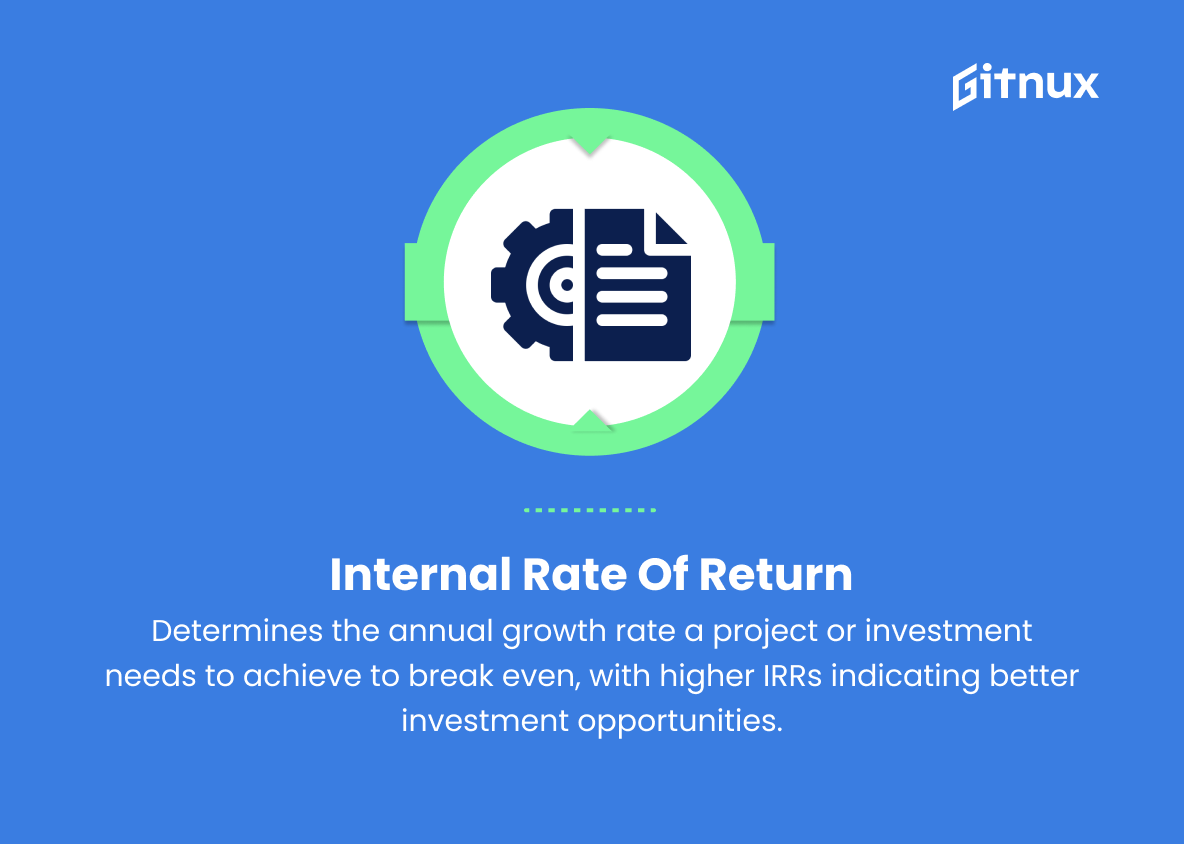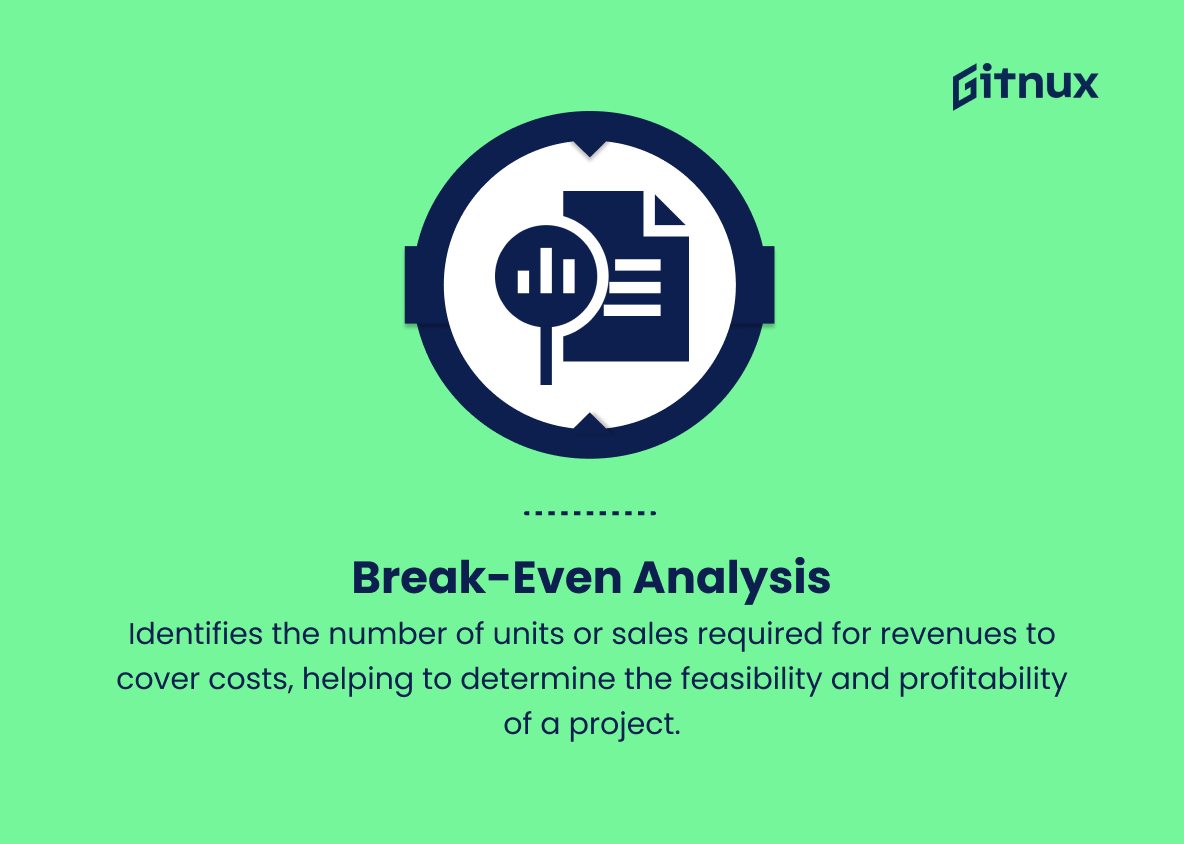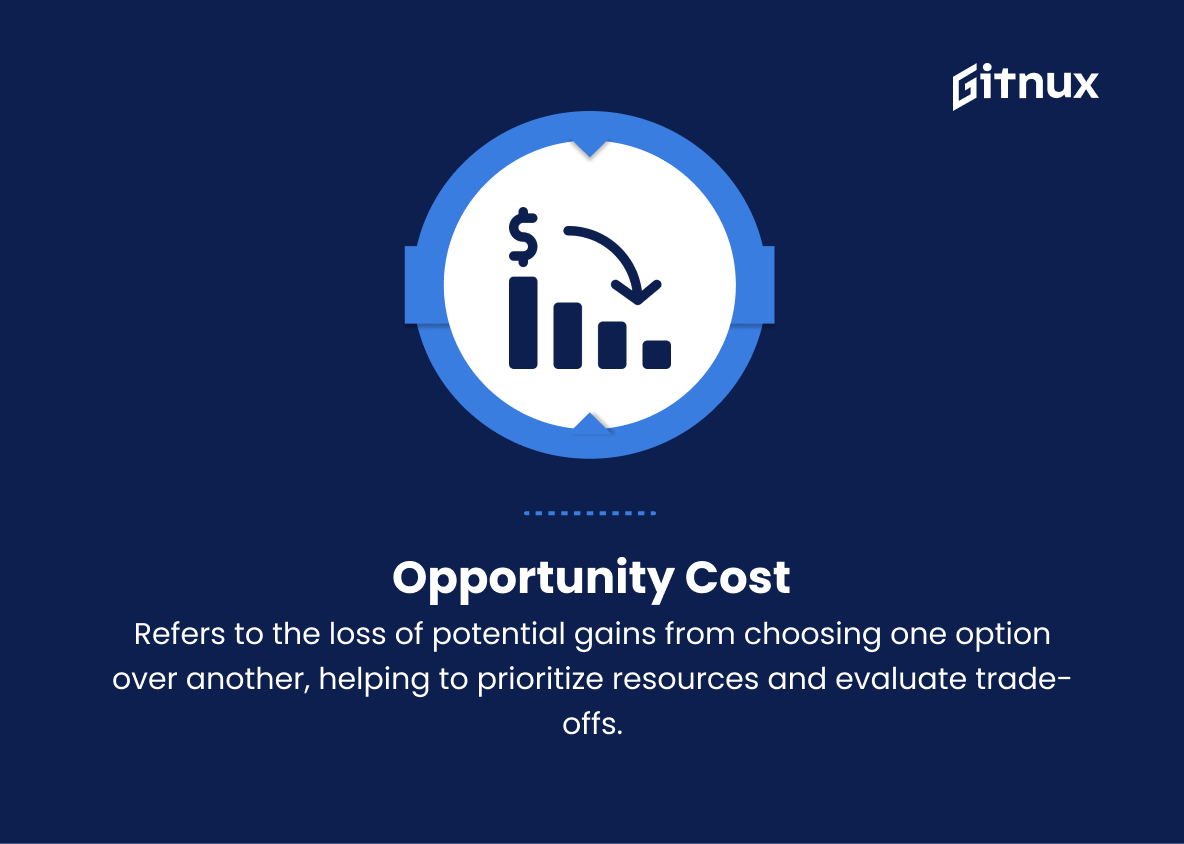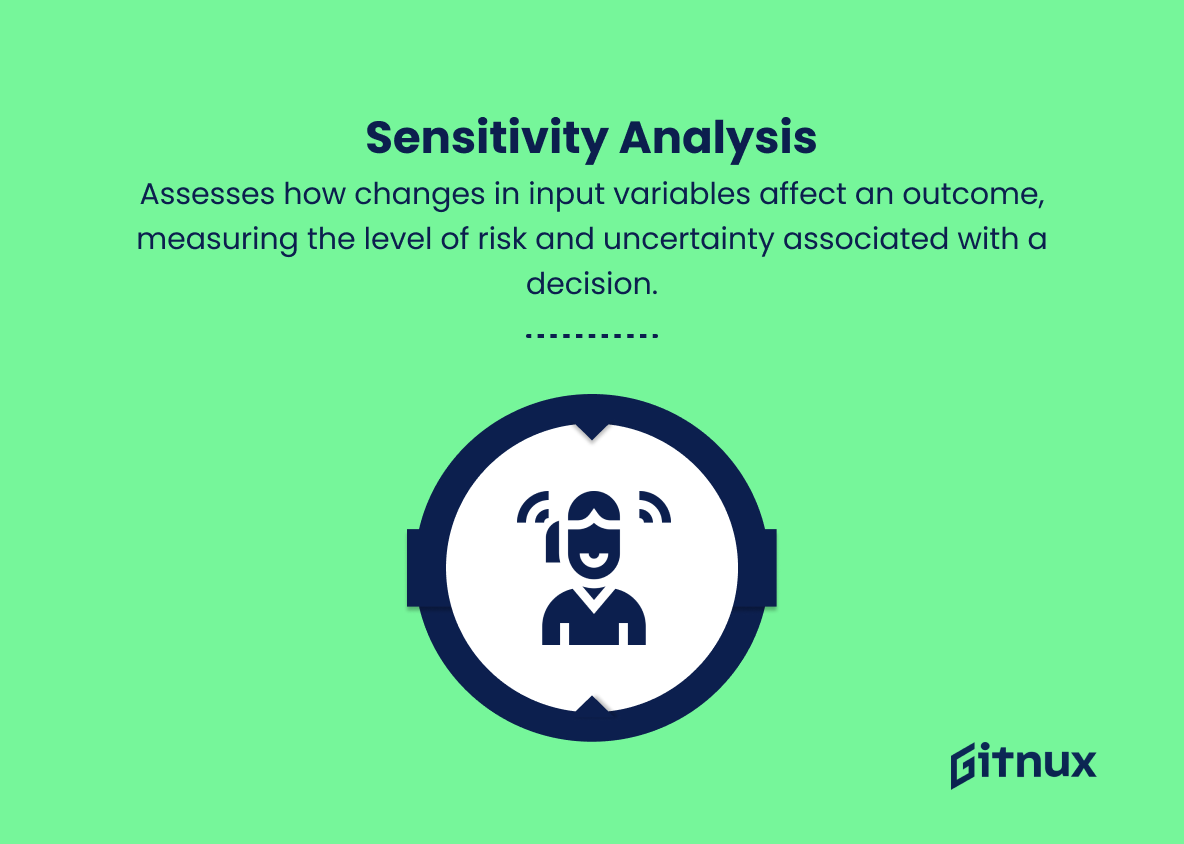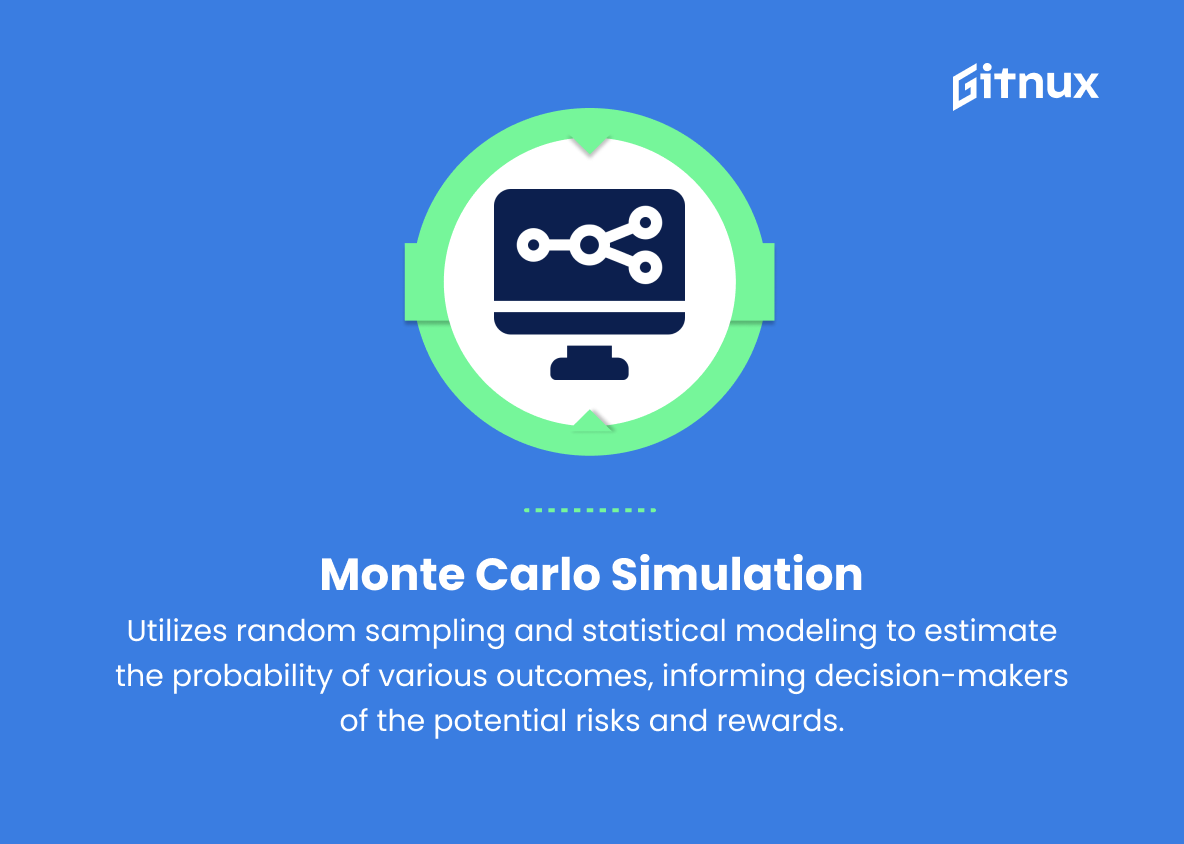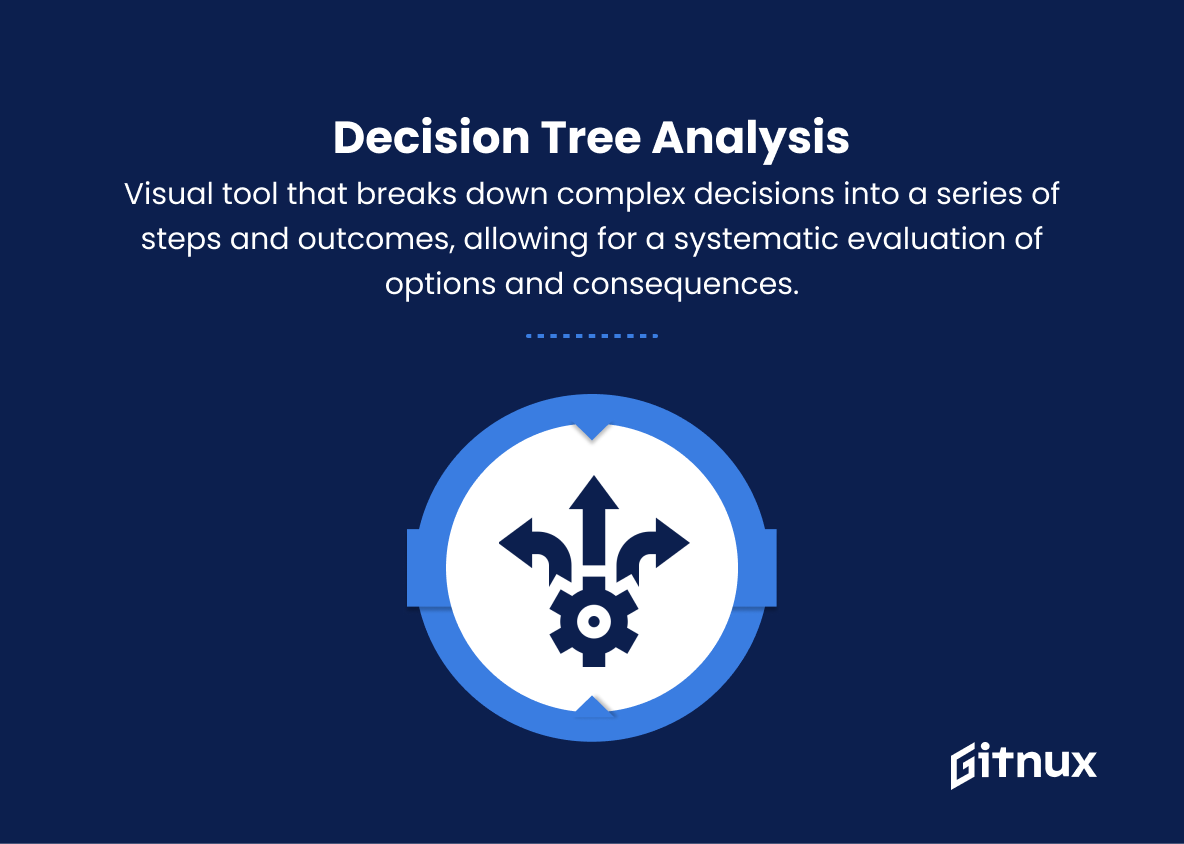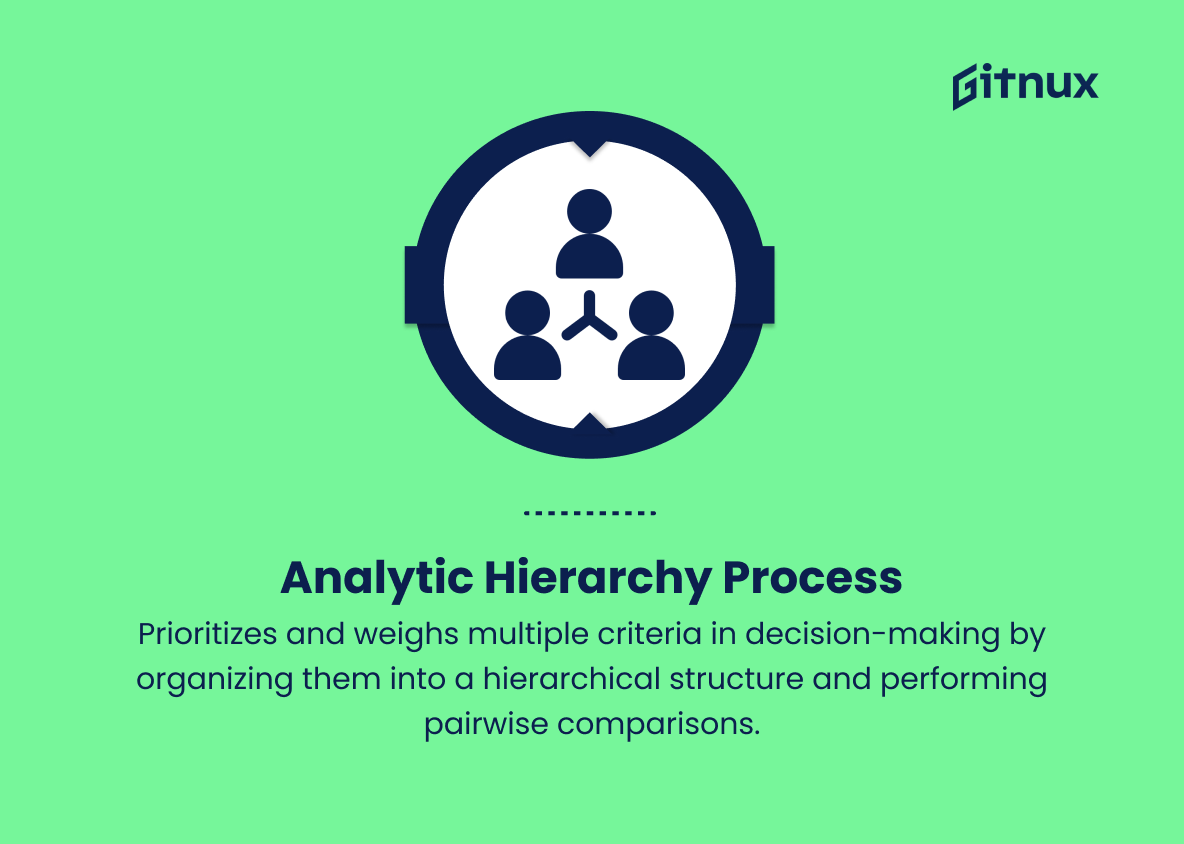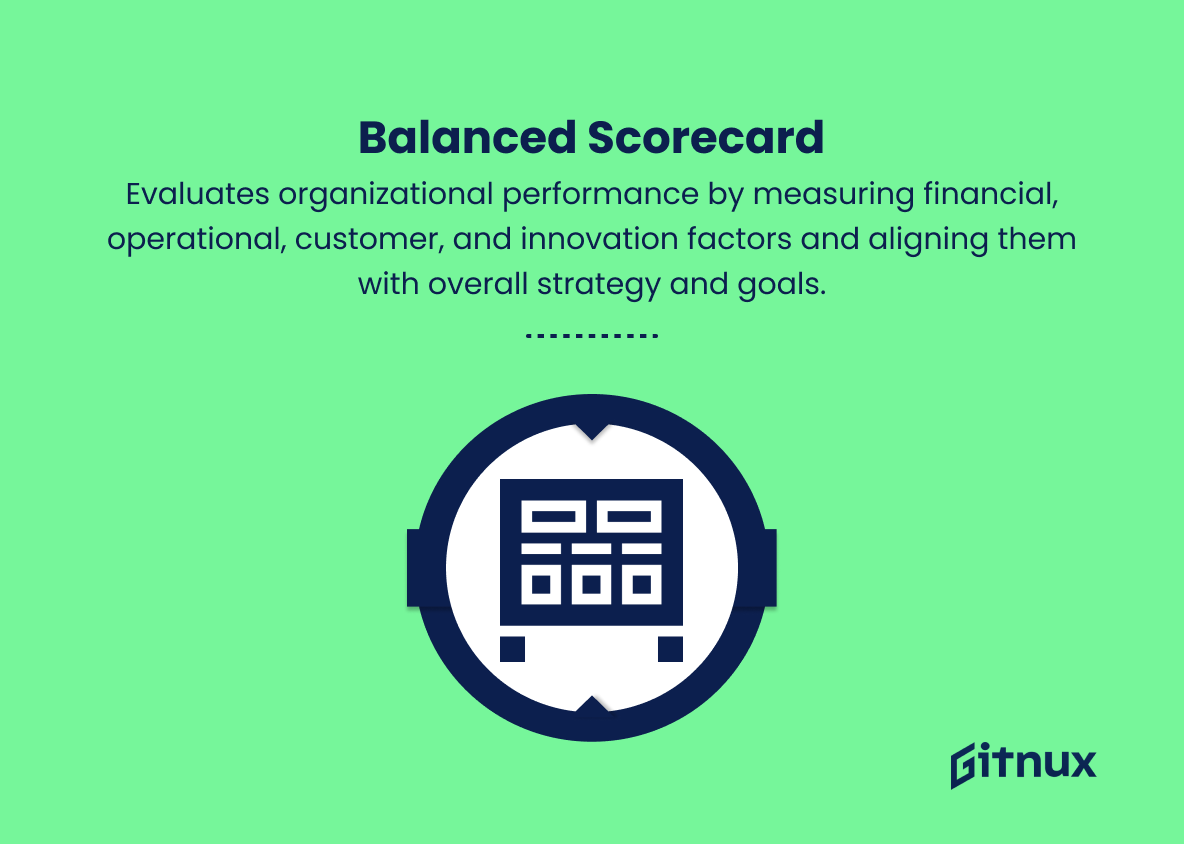In today’s fast-paced and ever-evolving world, effective decision-making is integral to the success of any individual, team, or organization. With a plethora of options and variables constantly emerging, understanding the significance of data-driven decision-making metrics becomes crucial in reaching optimal outcomes. In this comprehensive blog post, we will delve into the diverse array of metrics available, discuss their impact on various contexts, and explore strategies for seamlessly incorporating these essential tools into your decision-making processes. By embracing the power of data and harnessing these metrics, you will be well-equipped to identify the most advantageous course of action and propel your aspirations to new heights.
Decision Making Metrics You Should Know
1. Return on Investment (ROI)
Compares the expected financial gains from a decision against the expected costs, usually expressed as a percentage. Higher ROI indicates a more profitable decision.
2. Net Present Value (NPV)
Calculates the present value of cash inflows and outflows over a specified time period to determine the overall value of a project or investment.
3. Internal Rate of Return (IRR)
Determines the annual growth rate a project or investment needs to achieve to break even, with higher IRRs indicating better investment opportunities.
4. Payback Period
Represents the time it takes for an investment to recover its initial cost, with shorter payback periods indicating quicker returns on investment.
5. Break-Even Analysis
Identifies the number of units or sales required for revenues to cover costs, helping to determine the feasibility and profitability of a project.
6. Cost-Benefit Analysis
Compares the benefits (financial and non-financial) of a decision with its associated costs, identifying the alternative with the highest net benefit.
7. Opportunity Cost
Refers to the loss of potential gains from choosing one option over another, helping to prioritize resources and evaluate trade-offs.
8. Sensitivity Analysis
Assesses how changes in input variables affect an outcome, measuring the level of risk and uncertainty associated with a decision.
9. Monte Carlo Simulation
Utilizes random sampling and statistical modeling to estimate the probability of various outcomes, informing decision-makers of the potential risks and rewards.
10. Decision Tree Analysis
Visual tool that breaks down complex decisions into a series of steps and outcomes, allowing for a systematic evaluation of options and consequences.
11. Analytic Hierarchy Process (AHP)
Prioritizes and weighs multiple criteria in decision-making by organizing them into a hierarchical structure and performing pairwise comparisons.
12. Multi-Criteria Decision Analysis (MCDA)
Evaluates and ranks decision alternatives based on multiple, potentially conflicting criteria using mathematical methods for scoring and weighting.
13. Key Performance Indicators (KPIs)
Monitors, measures, and evaluates the effectiveness of specific activities or objectives by comparing actual performance against predefined targets.
14. Balanced Scorecard
Evaluates organizational performance by measuring financial, operational, customer, and innovation factors and aligning them with overall strategy and goals.
15. PESTLE Analysis
Evaluates external factors (Political, Economic, Sociocultural, Technological, Legal, and Environmental) that may impact a decision, allowing for proactive adaptation.
16. Scenario Planning
Envisions various future scenarios to prepare for uncertainty and make decisions that are adaptable and resilient against potential risks.
17. SWOT Analysis
Evaluates internal (Strengths and Weaknesses) and external (Opportunities and Threats) factors affecting a decision, helping to identify strategic advantages and areas for improvement.
Decision Making Metrics Explained
Decision-making metrics evaluate and select appropriate actions and strategies for organizations. ROI, NPV, and IRR measure financial performance and profitability. Payback Period, Break-Even Analysis, and Cost-Benefit Analysis assess investment feasibility and recovery time. Opportunity Cost, Sensitivity Analysis, Monte Carlo Simulation, and Decision Tree Analysis identify trade-offs, risks, and consequences. AHP and MCDA prioritize and weigh options effectively. KPIs and Balanced Scorecard monitor and evaluate performance. PESTLE Analysis, Scenario Planning, and SWOT Analysis provide a comprehensive understanding of internal and external factors. These metrics ensure data-driven decisions align with strategic goals, adapt to changing environments, and ensure long-term success.
Conclusion
In conclusion, decision-making metrics are indispensable tools for individuals, teams, and organizations that aspire to make informed, data-driven decisions. By employing the right metrics, decision-makers can effectively evaluate alternatives, minimize errors, and foster a culture of proactive problem-solving. The key to successfully leveraging these metrics lies in understanding the context and objectives and selecting those that align seamlessly with one’s goals. As we continually adapt to an ever-evolving world, honing our decision-making skills using the appropriate metrics will undoubtedly play a critical role in ensuring success and driving positive change for businesses and individuals alike.
